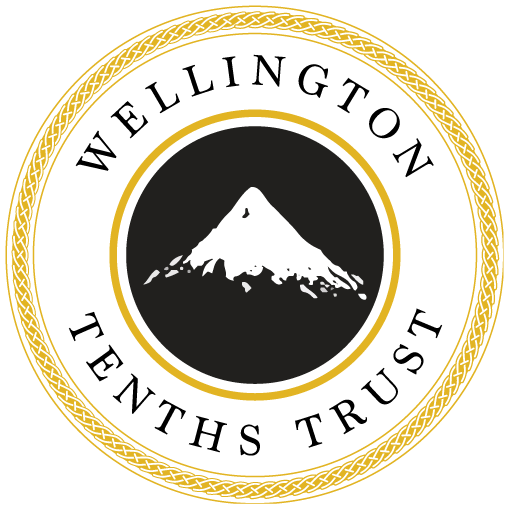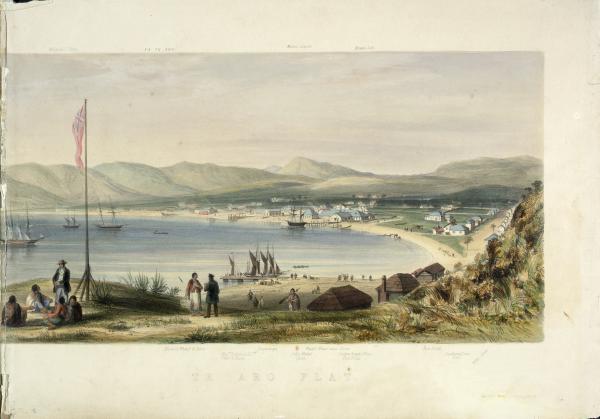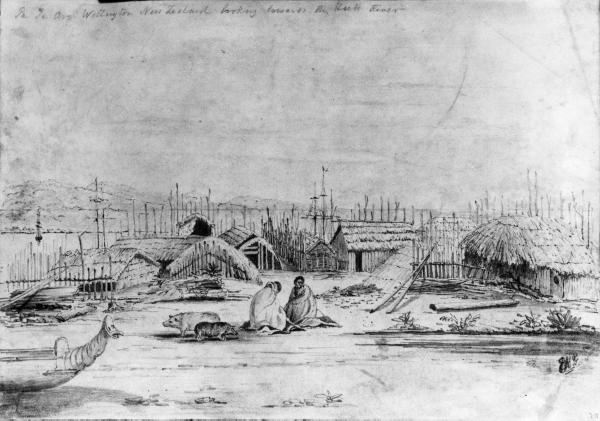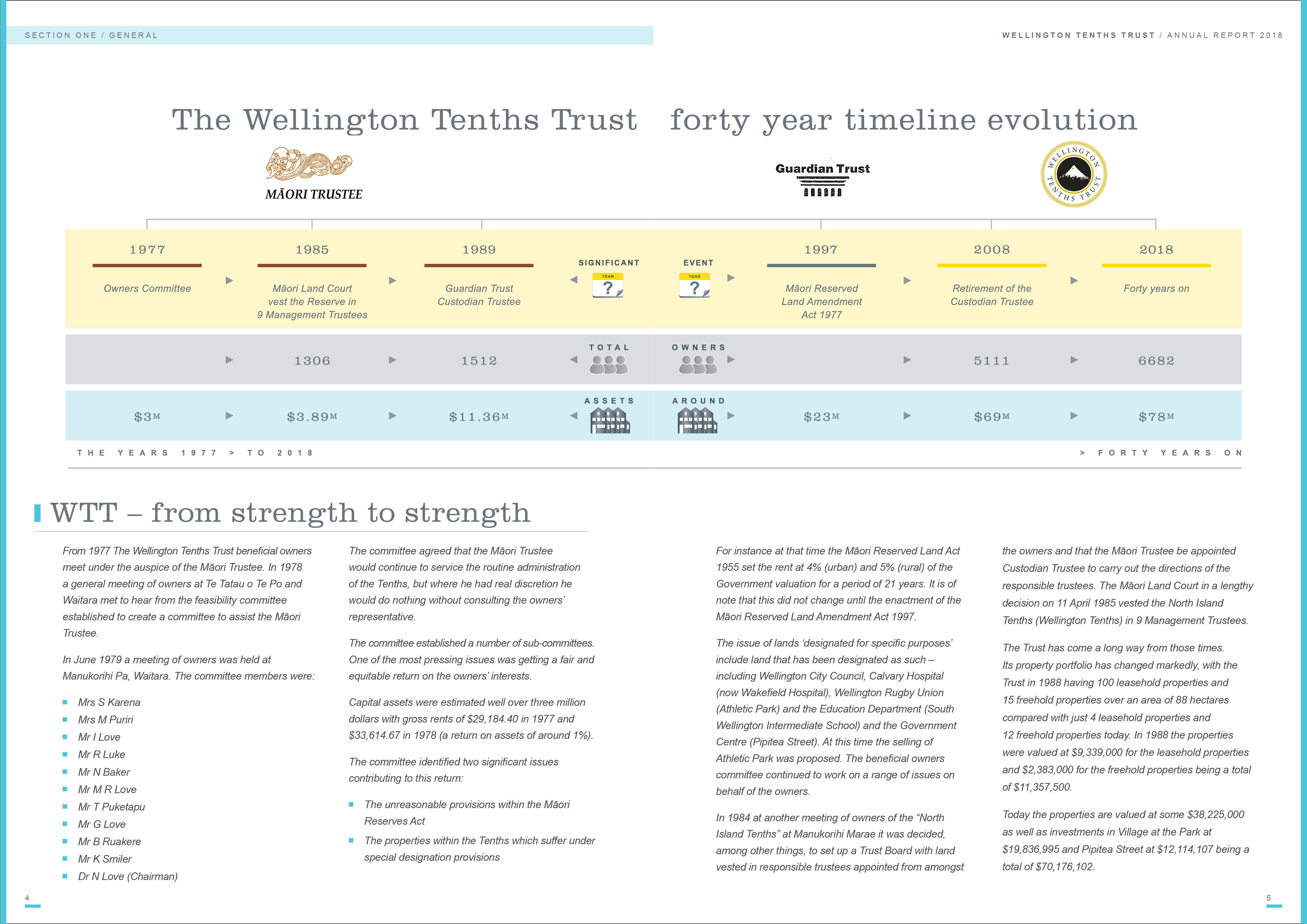In September 1841, Halswell was instructed on the management of the native reserves by Governor Hobson. The instructions were that the reserves could be leased out subject to certain conditions, and that the rental income from them was to be used for:
• The education and religious instruction of Māori;
• The improvement of the Māori Churches at Te Aro and Pipitea;
• The funding of a dispensary and medical advice;
• The funding of a schoolmaster and school for Māori children.
Evidence presented to the Waitangi Tribunal (2003) recorded that achievement of these aims was patchy at best. Rental income was largely diverted into administration costs for Crown employees, with some paid to European settlers in Taranaki.
The original reserves, set out in the 1844 deed of release, reserved 110 one-acre town sections and 39 country sections of 100 acres. In 1847 Colonel McCleverty assigned to Māori of various pa 45 urban tenths and 3162 acres in rural tenths, in exchange for other original tenths land claimed by settlers. In addition, some 65 urban tenths and 738 acres of rural tenths assigned from the initial deed of purchase for Port Nicholson (Wellington) were confirmed. It is from this assignment that the present land holdings of the Wellington Tenths Trust are derived. Despite the 1839 agreement and the subsequent (post-1840) assumption of this agreement by the Crown, the Native Land Court did not determine the beneficial ownership of the Tenths until 1888.
From 1848 to 1882 the reserves were administered by a Commissioner of Native Reserves. The Public Trustee assumed administration from 1887 to 1923, when it transferred to the ‘Native’ (and subsequently ‘Māori’) Trustee. In 1977, as the result of a Commission of Inquiry into Māori Reserved Lands, Māori owners were given the option of establishing Trusts or Incorporations to manage their own lands. In a consensus decision by the beneficial Māori owners, New Zealand Guardian Trust was appointed as Custodian Trustee (required under the Māori Reserved Lands legislation) along with a group of Advisory Trustees appointed by the Māori Land Court. After a change in legislation in 2007, the Wellington Tenths Trust took over full responsibilities of management of the Trust – no longer being required to have a Custodian Trustee.




